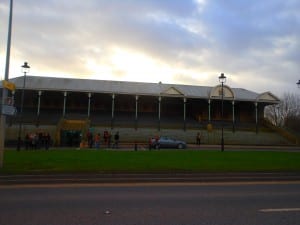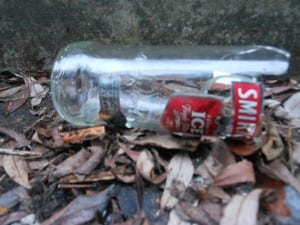The excitement that erupted when the class discovered that this could potentially be our performance space was rather encouraging as we seemed to all share a collective interest in this building and its history.
Always something i have seen on my travels into Lincoln, from the exterior i never knew that it even had rooms inside let alone over grown gardens. Empty spectating seats with hollow sparse insides. It felt like going into an over sized rabbit hole or the body of something. i felt like learning about this building was like learning about a body part of Lincoln. It made me think of all of the diverse memories that have been made in this place and whether those people were still around in Lincoln to tell them.
To be continued. Watch this space. ( Potentially)


